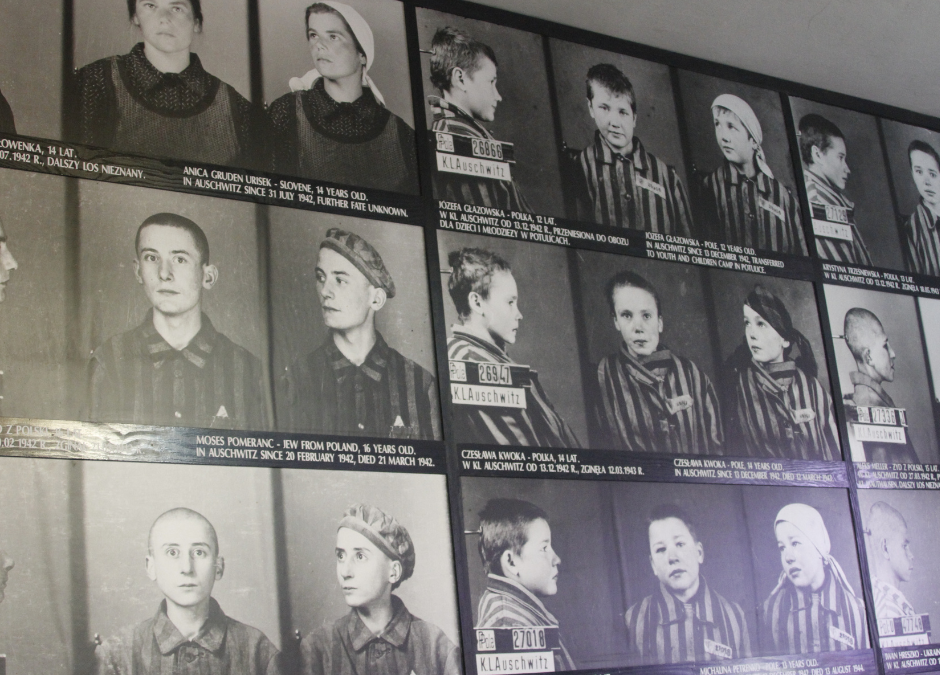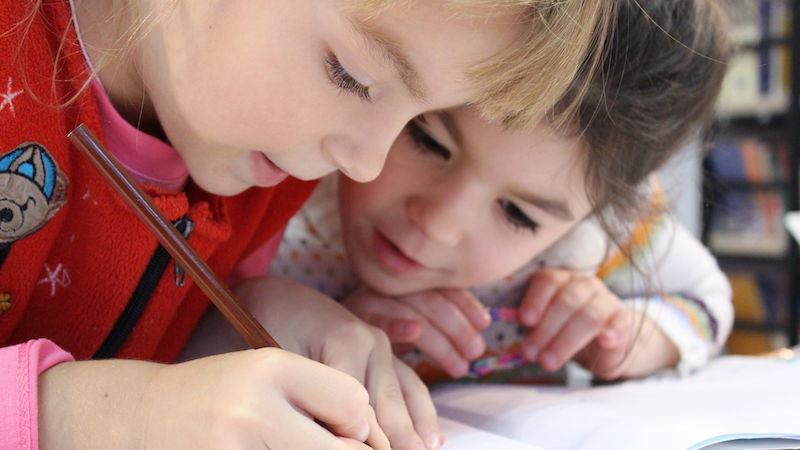As January unfolds, our thoughts turn to International Holocaust Remembrance Day, observed annually on January 27th. This date holds significant historical importance as the United Nations General Assembly designated it in remembrance of the liberation of Auschwitz-Birkenau. This solemn day serves as a global tribute to honor the victims, survivors, and the collective memory of one of the darkest periods in human history. As we approach this annual commemoration, we share the reflections of Fredie Adelman, an IFFP member, whose personal journey and commitment to teaching Holocaust history to interfaith kids contribute to the ongoing dialogue surrounding this day of remembrance.
Some sixty years after the Nazis marched into Poland, my family found our way to IFFP. That might seem like a strange way to mark time, but not for me. From the day I learned to write my name, I also learned that I was named in honor of my father’s sister who was killed in Bergen-Belsen just 13 years before I was born. Holocaust experiences formed the childhood memories of both my parents. Scattered members of my father’s family reunited after war years of hard labor and imprisonment in concentration camps and ghettos while my mother’s family, evacuated from Belgium to England where they fled and hid in London Underground train stations to escape constant bombing. The facts were told and retold; some stories were tragic, some humorous, and all shared a core of resilience and humility that they were among the lucky ones to have made it through the war with a chance to start new lives.
Those were also the lessons we imparted to our interfaith kids – emphatically, because they trace their family history from two lines of resistors. Members of their father’s family survived the 1915 attempt at genocide perpetrated by the Turkish government against Armenians who refused to convert from Christianity.

When we came to IFFP with our then 7 and 4-year-olds, we joined the 2nd/3rd grade combined class and teacher Jill WeiIer gracefully accepted my offer to share my early work in museums as the class learned about the artistry of ceremonial objects. It was a natural next step to offer my experiences at the US Holocaust Memorial Museum to the Coming of Age class (COA). Every year since that first visit and follow-up discussion, it is an honor and a joy to return with COA-ers and their mentors. Our students are attentive and inquisitive; they are courageous and forge forward even as they may be apprehensive and challenged to understand the enormity of history.
Our time at the museum is spent in conversation and reflection; we talk about what it takes to build a place that is both a memorial and a museum. We reflect on the personal impact of the objects and exhibitions on the millions of individuals who have visited the museum over the years. We talk about what happened to my family; some COA-ers and mentors share their own family experiences. All consider what might have happened to them if they had lived in Europe during those years. What would it have felt like to be barred from school or sports? How do they feel when they see familiar names etched on the glass walls of the museum? They consider what they might pack if they were forced to leave their home with just one small backpack – and they startle themselves when they imagine what it would be like to live crowded in with others. They see evidence of heroism in small acts of resistance and begin talking about how what they are learning about the past will serve them in creating a better future.

We spend a few hours in the museum; then we meet for supper at a family home. We flip through photo albums featuring survivors – my parents – and peruse maps and books and graphic novels and articles about the Holocaust and the founding of the museum. The COA-ers share their own reflections, too frequently these days drawing parallels from their current school experiences. They are wise and concerned; honest about their fears and hopeful about their ability to tackle the future. They look to their COA teachers and mentors, their parents, and the other members and clergy in a new light, and begin to understand their place as they come of age at IFFP.
By the end of the evening, we’ve talked ourselves out. Before we part, I ask them to pause to accept my gratitude for assuming the responsibility for carrying these stories forward. And they do.




